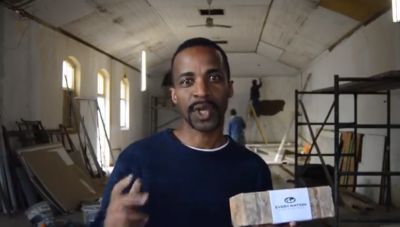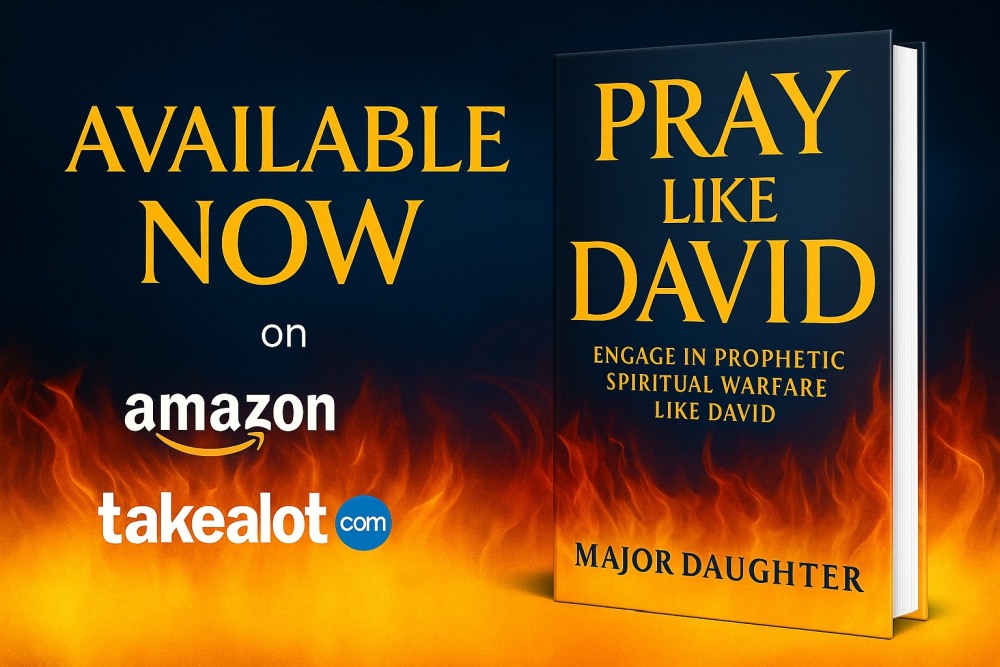
A monthly column that reflects on living in the Kingdom of God.
2 Samuel 12 records an unusual story. King David had just done the unthinkable: he had taken another man’s wife, slept with her and ensured her husband Uriah was killed on the battlefield.
This was David’s shocking fall from grace, but also a picture of the depravity that lies within us all. It is one thing to confront a man who is hardened and unrepentant after adultery and murder. It is another thing all together when the man in question is the king, a man who up until this moment had led extremely well.
God sends the prophet Nathan to confront David, so as to bring about repentance. Even for a prophet of Nathan’s stature, this is no small endeavour. How does he do it? He does so in a most unusual way to some of us. He does it with a story.
The story is so well told and paralleled to David’s situation that it arouses within the king a righteous indignation that allows Nathan to reveal to David that the villain in the story is in fact himself. This, then begins the process of David’s repentance, a repentance that arrested a situation that would have only gotten more destructive.
I am in Grahamstown, and it is that time of year when we are in the news, not because of students, but because of hosting the National Arts Festival.
What does 2 Samuel have do with the arts? Everything.
We live in a world hardened by sin’s deceitfulness, hell-bent on turning from God and centred on doing whatever it takes to secure personal pleasure and advancement.
As God has done with both Nathan and Himself, prophets are desperately needed to bring us back to our senses through the power of story – the arts if you like.
This in turn can provide a platform for THE Story: what we call the gospel: from creation, fall and all the way to redemption.
The arts – and the story it brings, has a powerful way of arresting our attention and awakening our senses, for good or for evil.
In this regard, the arts can be used in a similar way to how God uses suffering: as his “megaphone to rouse a deaf world” as CS Lewis wrote.
Getting back to 2 Sam 12, the story was so provocative that David, upon hearing of the rich man’s greed declared: ‘That man deserves to die.”
When we get such a picture of ourselves, then we are truly ready for the gospel, and that is what this story, and the arts as a medium, can powerfully accomplish.
The sad reality is that in the last century, the arts have often been a forerunner to changing the culture for the worse in the Western world.
Movies and other media have powerfully transformed the way the culture views sexual ethics. We would never have been where we are today as a culture without the preceding media that began to stir our emotions and present us with new anti-God heroes we sympathised with.
Once we had done that, it was only a matter of time before the acceptable norms of society follow suit.
What we have witnessed is not merely a change of norms; it has gone far deeper than that.
As Moses witnessed and heard as he descended from Mt Sinai, we have embraced a change of gods, and you tell can from the music.
Regarding the way the arts have been virtually kidnapped by a worldview in opposition to the true Artist, apologist Ravi Zacharias poignantly wrote in his book Can Man Live Without God: “Truth has been relegated to subjectivity; beauty has been subjugated to the beholder; and as millions are idiotised night after night, a global commune has been constructed with the arts enjoying a totalitarian rule.”
The problem of course is not with the medium of the arts, but rather with the predominant worldview that shapes much of modern art, and with it the hearts and minds of billions.
It is therefore encouraging to see artists, “Nathans” if you like, employing their skill to prophetically declare that God is not dead and we should turn back to him.
Two exhibitions that are boldly pursuing this endeavour at this year’s Arts festival are the Solo exhibition “Stand” by Jonathan Griffiths and “40 stones in the Wall” by a number of artists.
Both exhibitions powerfully portray the biblical view of creation, fall and redemption in our contemporary world, urging us to come to our senses and turn to God, whether it is various pieces revealing our lostness in “Stand”, or the prophetic picture of Jacob’s descent in “40 Stones” that highlights President Jacob Zuma’s (and our) lostness and need for the transforming power of God.
CS Lewis declared the following in the context of Christians engaging in the world of philosophy and apologetics: “If all the world were Christian it might not matter if all the world were uneducated. But a cultural life will exist outside the Church whether it exists inside or not. To be ignorant and simple now — not to be able to meet the enemies on their own ground — would be to throw down our weapons, and betray our uneducated brethren who have no defense but us against intellectual attacks of the heathen.”
Similarly, we could also say that for us to neglect the arts and godly artists would be to throw down our weapons and leave millions in the grip of a worldview opposed to God.
May we therefore do whatever is in our power to realise the God-given gift that art is, and support those who are prophetically pursuing this noble endeavour.







Hello Tendai, I am poet and an aspiring artist. At GT Festival last year I was inspired by 40 stones in wall to write my poem Burnt Stones.
Each time you pick up a stone you pick up a piece of Africa. Each time you pick up a stone you build a piece of Africa. I then captured my vision on paper, Burnt Stones. take care, blessings
Thanks for your encouragement and for sharing your story Deborah!